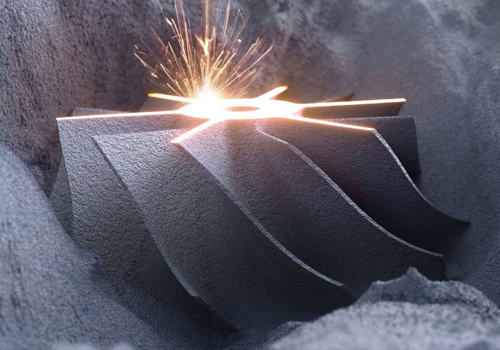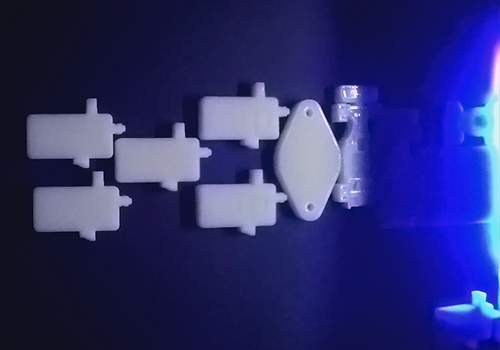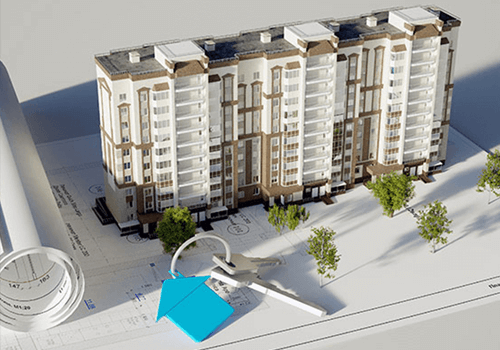Engineering

It is a selective melting of the material by means of a laser beam, which produces precise and homogeneous details from powder metals. The product is created with Additive Manufacturing technology while maintaining high accuracy. The SLM printout is characterized by properties comparable to products made from castings.
Read more...This is a stream modeling, i.e. spraying the material onto a work tray and then curing it with a UV lamp. The material layers are precisely dosed by the printing nozzles. Each model is covered by a wax support, which is automatically melted at the post-production stage. The MJP method allows printing of models from various types of plastic and elastomers. They are characterized by precision and durability. The models created in this way are ideal for performing functional tests, shape analysis and short-run production. In comparison to other 3D printing methods, MJP technology is characterized by the highest precision of detail reproduction and their exceptionally smooth surface. A wide range of available building materials allows you to create models with different properties and appearance. It is also possible to print moving parts as a whole.
Read more...It is a 3D printing process that similarly to Stereolithography (SLA) uses light-curing photopolymers. The main difference is in this case the light source. DLP uses a conventional source from the projector, which covers the surface of the photopolymer resin, thereby hardening the subsequent layers of the 3D model.
Read more...It is a selective assembly of the construction material by means of the blasted liquid. This process is characterized by fast construction time, as well as the ability to print in color. Just before starting the work, the model is divided into very thin horizontal layers, which at the print stage are connected by means of the foregoing coupling liquid, creating a precise reflection of the CAD design.
Read more...




